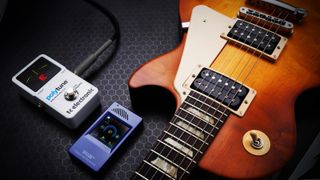
Best guitar tuners 2024: From tuning pedals and clip-ons, to guitar tuning apps
Keep your all-important tuning on point with the best strobe, polyphonic and chromatic tuners

Keep your all-important tuning on point with the best strobe, polyphonic and chromatic tuners

Our pick of the best acoustic guitar strings for your style and budget from Elixir, Ernie Ball, Martin, D'Addario, and more
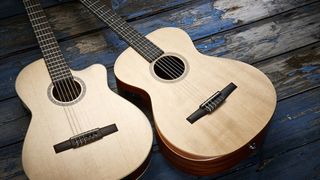
Your guide to the finest classical, flamenco and hybrid guitars from big names including Yamaha, Taylor, Martin, Lowden and Cordoba
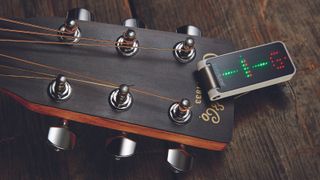
Keep your tuning in check in all scenarios with the best clip-on tuners for guitar, bass and ukulele

Transform your playing style and guitar tone with the best guitar picks from Fender, Ernie Ball, D'Addario and others
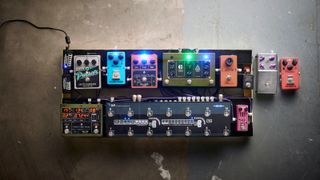
Organise your guitar effects pedal collection with one of the best pedalboards available from Pedaltrain, D'Addario, Gator and more

"Everybody goes too far too soon. They turn up too loud and it sounds to me, a lot of times, like the emergency entrance to a veterinary hospital"

Do bands still need a website? Oh yes - here's our expert pick of 7 easy-to-use website builders for music makers, bands and creatives

Vintage classics and new-school builds from Taylor, Gibson, Martin and more…

An essential scale and a key building block

Get to grips with 4/4, 6/8 and beyond

Jamming, improvisation and live playing with your guitar don't have to be a worry - get to grips with these basics and make it fun

Plus some key tips and the best songs to learn with
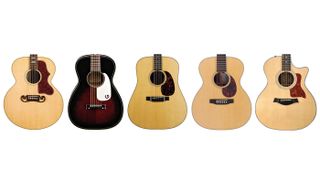
From jumbo to triple-0, how to find the right acoustic size for you
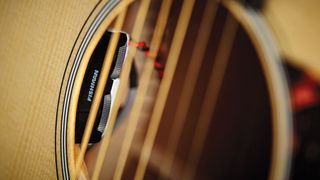
Get your electro-acoustic tone spot-on

Get your electro-acoustic tone spot-on
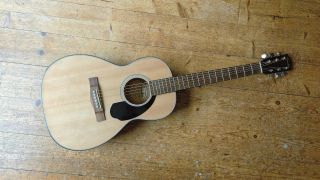
This parlour version of Fender’s best-selling beginner acoustic offers big tones in a smaller, more comfortable package
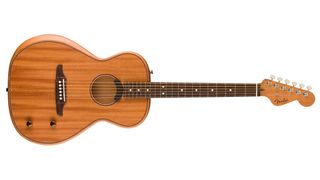
The middle ground between tradition and Acoustasonic?
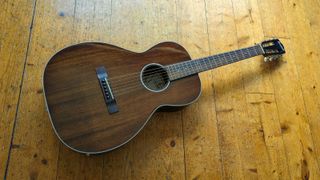
From UK retailers PMT comes Ferndale with a fresh take on the parlor guitar, but will it stand out in a crowded market?
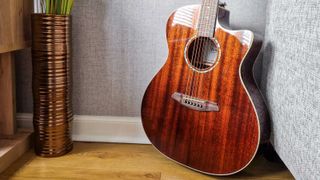
Can this affordable, no-nonsense acoustic go toe to toe with the big guns?

This handsome Grand Auditorium electro-acoustic debut introduces a new tonewood as Urban Ironbark joins Taylor's eco-friendly lineup
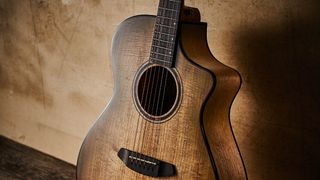
Meet the concert cutaway with a planet-friendly build, solid myrtlewood top, and a sensible price tag

With classy looks, a groundbreaking build and a very approachable price tag to boot, the legendary Spanish guitar brand's new acoustic electric nylon-string is a bold, tantalising hybrid
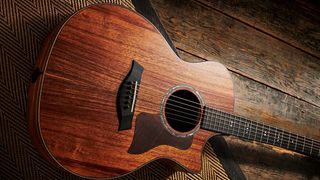
Taylor's 700 series welcomes a Grand Auditorium cutaway electro acoustic with V-Class bracing and an all-solid koa build that's sustainable, and it looks and sounds a treat